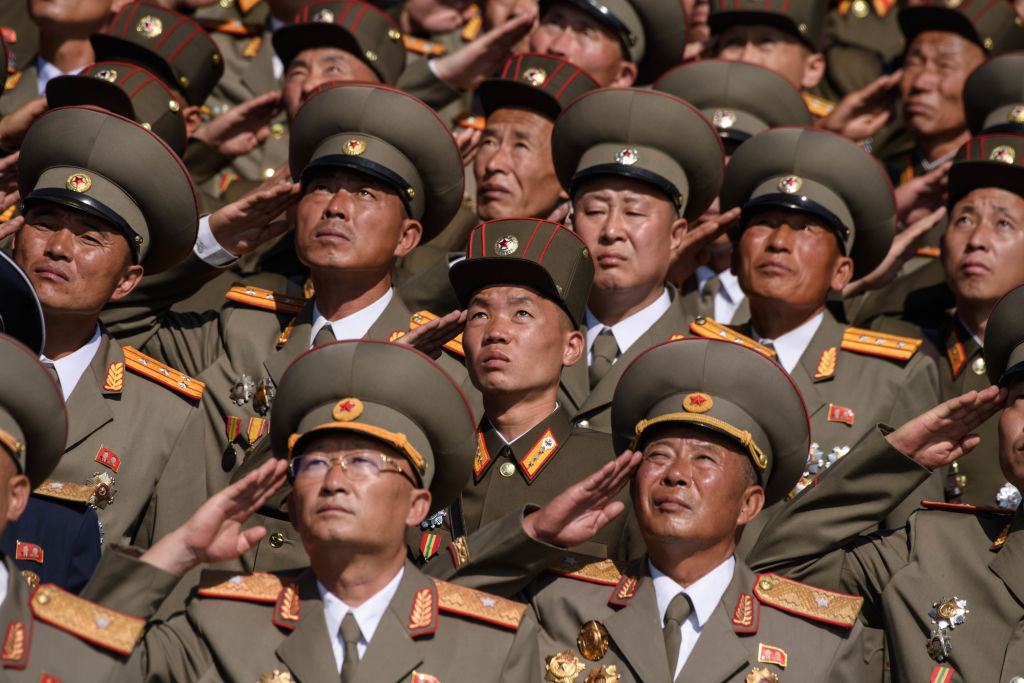The United Nations Population Fund estimates that North Korea’s total fertility rate decreased to 1.8 in 2023, below the replacement level fertility of 2.1 children per woman. If the present trend continues, North Korea’s working-age population, the number of people between the age of 15 and 64, could start to fall in the years leading to 2030. North Korea’s overall population of 26 million people could then begin to decline from 2034.
This would mirror East Asia’s growing demographic crisis in China, Taiwan, South Korea, and Japan. However, North Korea stands out from its neighbours for the wrong reasons. The country still relies on a labour-intensive economic model, and, coupled with a lack of technological prowess, it cannot replace the working population with automation. North Korea’s emphasis on racial purity means that immigration is off the table, meaning it stands as one of the rare cases of a poor country experiencing a population decline rate on par with that of its wealthier and more modernised neighbours.
So far, the government has fought the falling birth rate by appealing to the ideological duty of women as “childbearing heroes”.
North Korea is growing old before getting rich.
The history of population control in North Korea since the Korean War suggests that the state has been the main driver of population rise and decline. After 1953, North Korea experienced a massive population growth: 11.7 million citizens in 1960 soared to 15 million by 1970, with a total fertility rate close to 4 thanks to the massive post-war reconstruction efforts and the relatively strong economy. Gross national product per capita and the standard of living in the North was higher than in the South until the mid-1970s. Yet as the North Korean economy declined in the late 1970s, the government encouraged only one or two children per couple and made contraception and abortion available.
North Korea’s failure to sustain the public distribution system for food after the collapse of the Soviet bloc and aid cuts from China in the 1990s led to a massive famine that was estimated to have killed between 2.5 and 3.5 million people out of a population of roughly 20 million. The fertility rate dropped below 2. The state cut population control policies in the 1990s to encourage childbirth, only the famine saw more women forced to work in the black market. Poor healthcare infrastructure with a high infant mortality rate during the 1990s reinforced the trend of a declining birth rate.
By the 2010s, North Korea’s fertility rate was estimated to stand at 1.38. In 2015, the government prohibited abortion and birth control procedures. Still, North Korea’s food shortage in the aftermath of the Covid-19 pandemic was hardly conducive to raising families, which probably prompted Kim to speak publicly about the falling birth rate as a challenge to the country.

This looming demographic crisis does not receive much attention compared to North Korea’s nuclear or missile programs. However, a falling birth rate will have major ramifications for the kind policies that the North Korean government can adopt.
So far, the government has fought the falling birth rate by appealing to the ideological duty of women as “childbearing heroes”. But the entreaties haven't amounted to much. The government will have to carry out major reforms to alleviate the economic burden that limits people’s willingness to have a larger family. Unfortunately, North Korea does not seem likely to embrace these measures such as cutting inefficient and low-paid government jobs or expanding the private sector, and has instead increasingly cracked down on the black market and tightened state control to root out “anti-socialist” behaviour.
A shrinking population may also limit North Korea’s foreign policy. North Korea presently makes up for the lack of quality in military power compared to that of South Korea by relying on quantity. At the moment, the North Korean army counts among its ranks 1.3 million active soldiers, or 5 per cent of the population, whereas South Korea boasts 500,000 active soldiers out of a population of 51 million. North Korea is recruiting women to the armed forces to serve up to five years (compared to ten years for men), which can also delay childbirth. Only a war would also be catastrophic for the population.
North Korea may be one of the most repressive regimes on earth, but whether the regime likes it or not, it cannot force the people to give birth when they do not want to. Demography, as is said, is destiny. Population is and will remain the foundation of a state’s economic and military power. Without the right measures to reverse the falling birth rate, a new era of North Korea’s “demographic peace” may have just begun.

